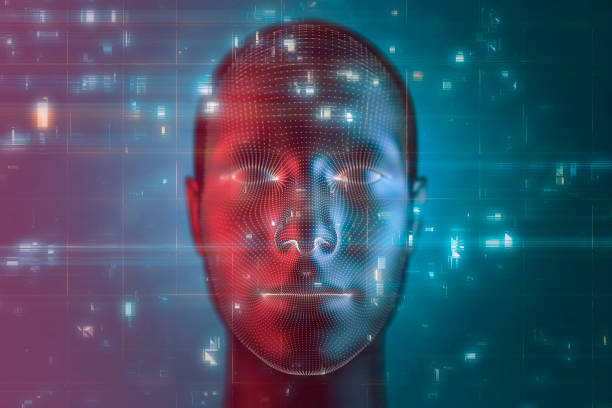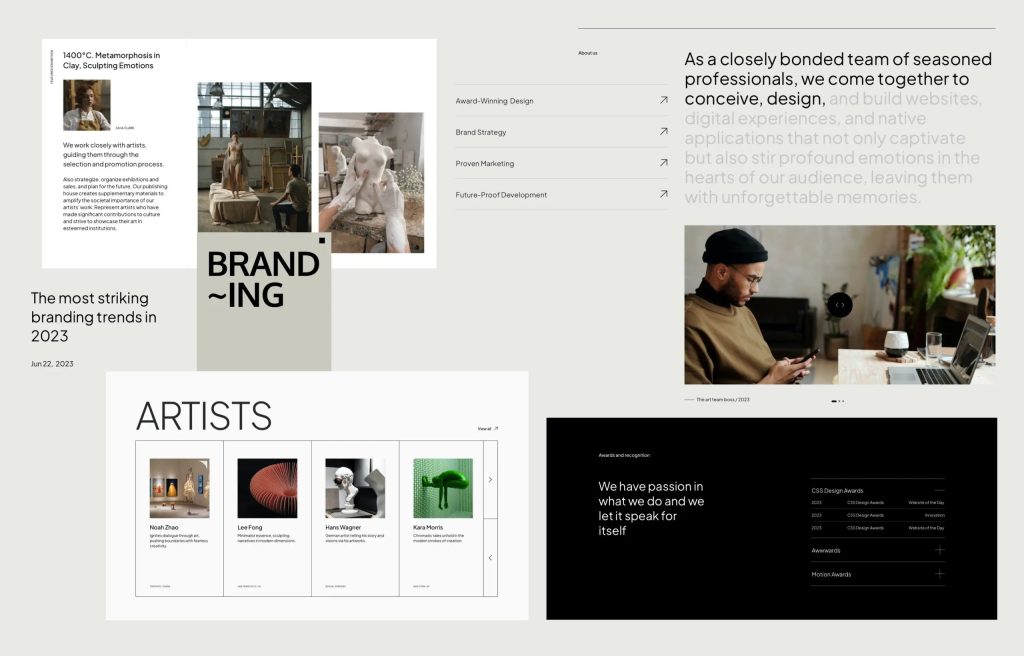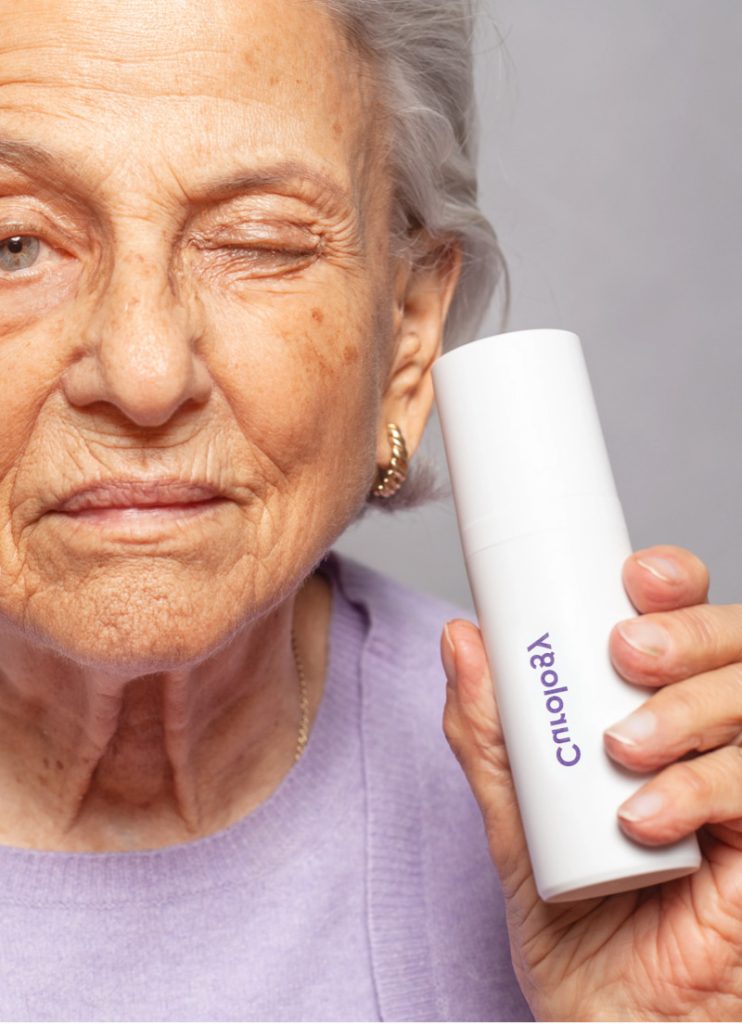The landscape of operating systems is rapidly evolving, steering toward innovative solutions designed to enhance user experience, improve system resilience, and redefine interactiveness between devices and their users. As we transition into a new era characterized by artificial intelligence and context-awareness, several trends and technologies are emerging. Among these are self-healing operating systems (OS), AI-based operating systems (AIOS) in consumer electronics, and the integration of contextual AI in operating systems. This article delves into these advancements, exploring their significance, industry applications, technical insights, and the future implications of these transformative technologies.
.
### The Importance of Self-Healing Operating Systems
Self-healing operating systems represent a revolutionary trend in system management and maintenance. The primary goal of these systems is to automatically detect and resolve issues without requiring user intervention. These OS can restore themselves to a predefined state when a fault occurs, significantly reducing downtime and improving reliability.
.
Self-healing capabilities typically involve diagnostic algorithms and automated recovery processes. By continuously monitoring system components, these OS can identify anomalies and rectify them before they escalate into critical failures. For instance, if a driver becomes corrupted due to malware, the self-healing OS can automatically revert the driver to a stable version without input from the user. This innovation is particularly beneficial in enterprise environments, where system uptime is crucial.
.
Leading technology firms, such as Microsoft and IBM, are pioneering self-healing technologies. Microsoft’s Windows 10, for example, utilizes self-healing features that allow it to automatically troubleshoot and fix issues related to updates and system performance, providing a seamless user experience. With the rise of cloud-based systems, self-healing OS solutions are also being integrated into cloud infrastructures, enhancing service reliability.
.
### AIOS in Consumer Electronics
Artificial Intelligence Operating Systems (AIOS) are becoming increasingly prevalent in consumer electronics, revolutionizing how users interact with their devices. These operating systems leverage machine learning algorithms and AI techniques to provide personalized experiences that adapt to the user’s behavior over time.
.
AIOS applications are visible in smartphones, smart home devices, and wearables. For instance, Apple’s iOS and Google’s Android platforms utilize AI algorithms to optimize battery life, manage resource allocation, and predict user preferences. Moreover, voice assistants like Siri and Google Assistant are integral parts of these AIOS, enabling users to perform tasks through voice commands, thereby enhancing accessibility and usability.
.
Furthermore, AIOS can significantly improve security features in consumer electronics. By employing predictive analytics and real-time monitoring, these systems can detect unusual activities and suspicious behavior, enhancing overall device security. The integration of AI into operating systems not only streamlines processes but also fosters a more interactive and intuitive user experience.
.
In smart home technology, for example, devices powered by AIOS can learn from user habits to automate tasks, such as adjusting temperature settings based on user preferences or managing energy consumption effectively. These sophisticated systems can predict when to turn lights on or off, ultimately reducing energy costs and improving user convenience.
.
### Contextual AI in Operating Systems
Contextual AI introduces another layer to the evolution of operating systems by bringing in the ability to understand and react to the context in which a device is being used. This technology enables operating systems to gather and analyze data about the environment, user behavior, and device status to deliver more relevant information and services.
.
Imagine an operating system that not only responds to commands but also anticipates users’ needs based on their current activities or surroundings. For instance, a laptop equipped with contextual AI could adjust its settings based on whether the user is in a meeting, traveling, or at home. During meetings, the device could prioritize notifications and silence distractions, while at home, it could shift into a leisure mode, optimizing media consumption.
.
This technology is particularly significant in enhancing productivity. Contextual AI can also analyze data from calendars, emails, and task lists to suggest actions, provide reminders, and automate workflows. Its potential for streamlining tasks can lead to a dramatic increase in efficiency, making daily activities more manageable and rewarding.
.
Companies like Microsoft and Google are already exploring contextual AI applications in their operating systems. Microsoft’s Office suite, for instance, incorporates contextual intelligence to improve collaborative capabilities and user engagement. By understanding interactions and user intent, these applications can recommend relevant documents, templates, or even suggest meeting agenda items, creating a more synergistic working environment.
.
### Technical Insights and Industry Applications
The integration of self-healing, AIOS, and contextual AI technologies into operating systems is backed by a combination of advanced hardware and brilliant software architecture. These innovations depend heavily on algorithms, data processing capabilities, and cloud infrastructure to deliver real-time experiences.
.
**Self-Healing OS** uses diagnostics and recovery mechanisms. Microsystems implement monitoring tools that analyze hardware and software performance. With the adoption of machine learning, these systems can evolve their recovery strategies by learning from past incidents. The technical backbone relies on data processing, cloud storage, and virtualization, allowing for backups and snapshots to facilitate reversion to previous states.
.
**AIOS** in consumer electronics typically relies on neural networks and machine learning models that require large datasets to train effectively. Devices with AIOS continuously gather data to improve their understanding and user interactions. Furthermore, real-time processing capabilities are crucial; hence, devices with robust processing units and memory optimizations can handle tasks more proficiently.
.
**Contextual AI** leverages sensors and data input from various devices, including smartphones and wearables, to interpret the surrounding environment intelligently. By analyzing contextual cues—such as location, user engagement, and time—the OS delivers personalized recommendations and automates responses. This approach also embodies privacy and security considerations, ensuring users maintain control over their data while receiving tailored services.
.
### Industry Use Cases
The advantages of self-healing OS, AIOS in consumer electronics, and contextual AI are not just theoretical; many industries are actively implementing these solutions to enhance productivity, security, and user satisfaction.
.
In **healthcare**, for example, self-healing operating systems can be vital in managing medical devices. With healthcare relying heavily on technology, maintaining device functionality and security is critical. Implementing AIOS can allow healthcare professionals to optimize device usage and enhance patient care through tailored experiences.
.
In the **automotive sector**, contextual AI has found its footing in the development of intelligent vehicles. These vehicles rely on contextual understanding to deliver services like navigation, adaptive cruise control, and even hazard detection. The inherent AIOS also allows for personalized driver assistance based on individual preferences and driving patterns, transforming how we perceive transportation.
.
As the **smart home** market expands, the integration of AIOS and contextual AI proves to be a game changer. Home automation devices, from smart thermostats to security systems, are employing these technologies to create cohesive living environments. With self-healing features, these devices can troubleshoot connectivity issues autonomously, ensuring that homeowners remain connected to their smart ecosystems.
.
### Conclusion
Self-healing operating systems, AIOS in consumer electronics, and contextual AI integration represent the frontier of operating system development. The capability for systems to heal themselves, offer intelligent insights, and adapt to user contexts is revolutionizing how individuals interface with technology.
As these technologies continue to evolve, they will pave the path for even smarter, more efficient systems, improving user experiences across various domains. Industries stand to benefit immensely by adopting these innovations, ultimately leading to enhanced productivity, user engagement, and system reliability. With trends indicating continual growth and integration of these technologies into everyday applications, the future of operating systems is undoubtedly bright and transformative.
Sources:
1. “Self-Healing Technologies: Evolving Operating Systems.” TechCrunch, 2023.
2. “AI in Consumer Electronics: Shaping the Future of User Experience.” MIT Technology Review, 2023.
3. “The Rise of Contextual AI in Modern Software Development.” Forbes, 2023.



























